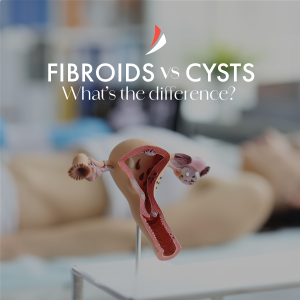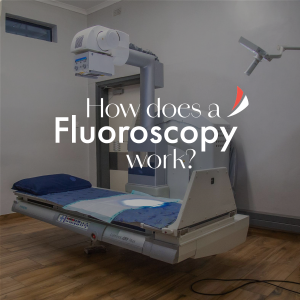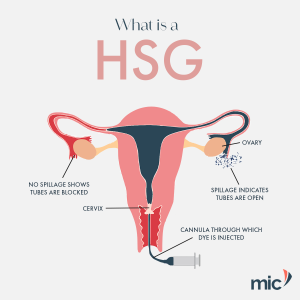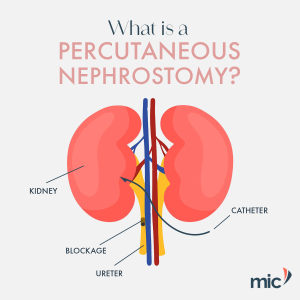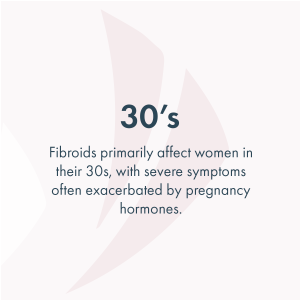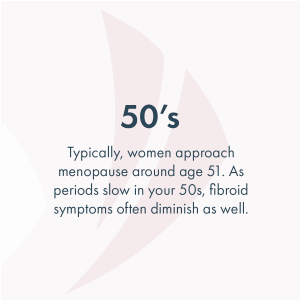Benefits of a 3D Mammogram
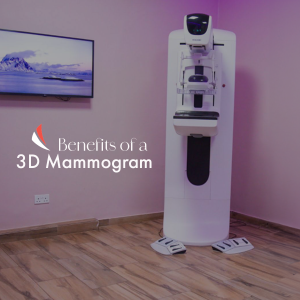
3D Mammograms — also known as Tomosynthesis — involves taking multiple X-ray images of the breast from different angles to create a detailed, three-dimensional view of the breast tissue. This advanced imaging technique allows for 👇🏾
✅ Earlier detection of abnormalities
✅ Fewer patient recalls, especially for further biopsies
✅ Better detection in women with dense breast tissue
If you would like to learn more, please send us a DM or visit our website.

